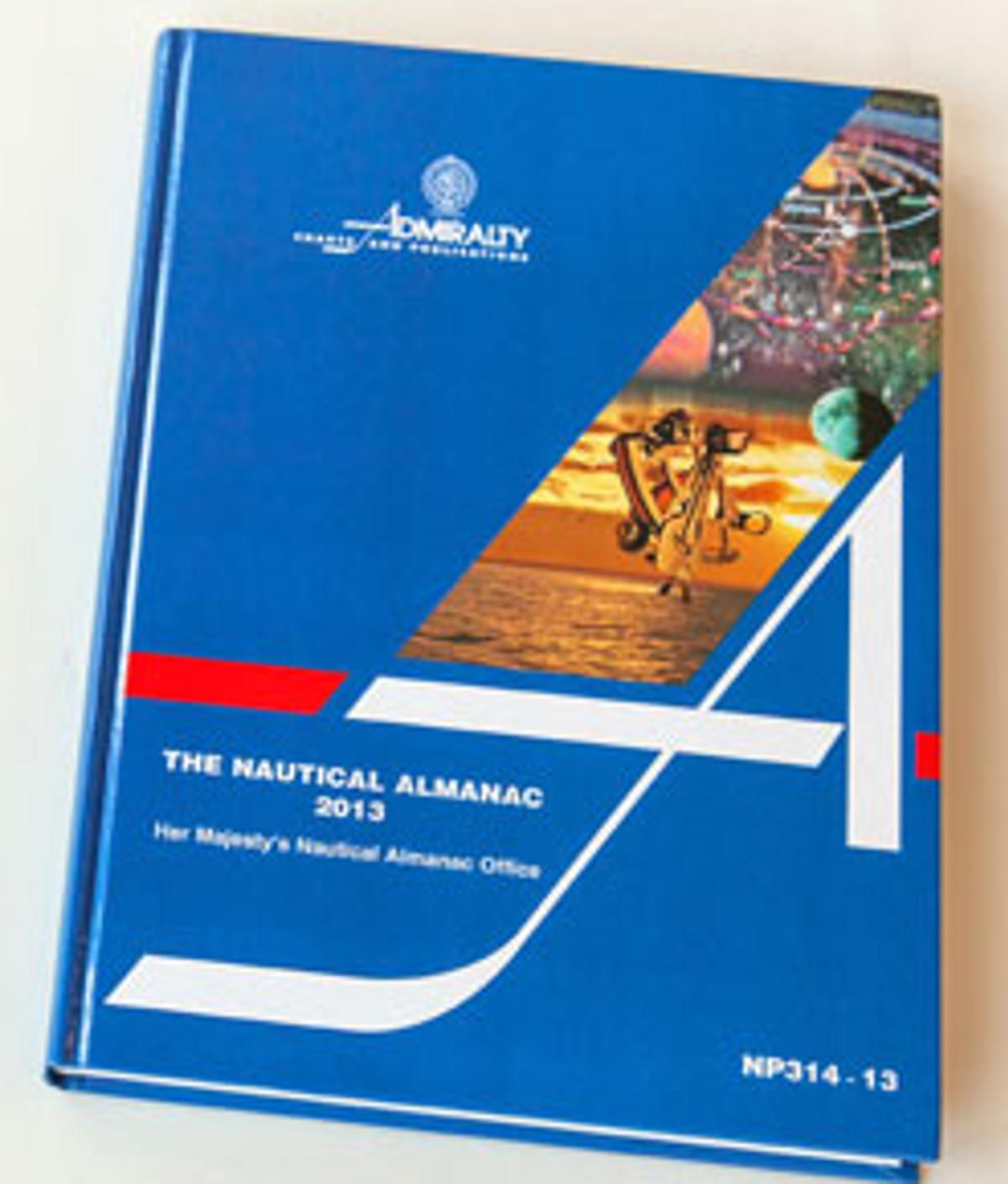Counterfeit admiralty products
- Safety Flash
- Published on 16 May 2016
- Generated on 12 December 2025
- IMCA SF 13/16
- 2 minute read
The United Kingdom Hydrographic Office (UKHO) has issued a warning over the dangers posed to the safety of vessels, crews and cargoes by counterfeit nautical charts and publications, and has produced a simple guide to help identify genuine Admiralty products.

The UKHO has recently observed an increase in the number of counterfeit versions of its Admiralty charts and publications in circulation. John Dawson, Head of Marketing at the UKHO, said:
“The UKHO urges all purchasers, users, inspectors and regulators to be vigilant for counterfeit Admiralty charts and publications. Because counterfeit versions have not been through the same rigorous checking procedures as official Admiralty charts and publications, they cannot be trusted for voyage planning or navigational purposes. As well as failing to comply with SOLAS carriage regulations and possibly also Flag State and Port State Control regulations, the use of counterfeit charts and publications poses a serious risk to vessel safety.
“We are actively seeking to stop the production and sale of counterfeit copies of our charts and publications and have raised our concerns with the International Maritime Organisation, the International Hydrographic Organisation and Flag States. We also encourage anyone that suspects they may be in possession of counterfeit products to get in touch with us.”
UKHO has produced a simple guide to help users and inspectors to distinguish official Admiralty charts and publications from counterfeit versions. Official Admiralty charts bear the Admiralty ‘Flying A’ watermark within the paper and will carry a ‘thumb label’ strip on the reverse with the Admiralty logo, chart number, geographical area, barcode and date.
Suspect charts and publications can also be identified by comparing them against official Admiralty versions, where variations may be spotted in the look, feel and weight of the product, the colour tone and strength of the ink, the Anyone with suspicions over the authenticity of their Admiralty charts and publications is asked to contact the UKHO by emailing customerservices@ukho.gov.uk.
IMCA Safety Flashes summarise key safety matters and incidents, allowing lessons to be more easily learnt for the benefit of the entire offshore industry.
The effectiveness of the IMCA Safety Flash system depends on the industry sharing information and so avoiding repeat incidents. Incidents are classified according to IOGP's Life Saving Rules.
All information is anonymised or sanitised, as appropriate, and warnings for graphic content included where possible.
IMCA makes every effort to ensure both the accuracy and reliability of the information shared, but is not be liable for any guidance and/or recommendation and/or statement herein contained.
The information contained in this document does not fulfil or replace any individual's or Member's legal, regulatory or other duties or obligations in respect of their operations. Individuals and Members remain solely responsible for the safe, lawful and proper conduct of their operations.
Share your safety incidents with IMCA online. Sign-up to receive Safety Flashes straight to your email.